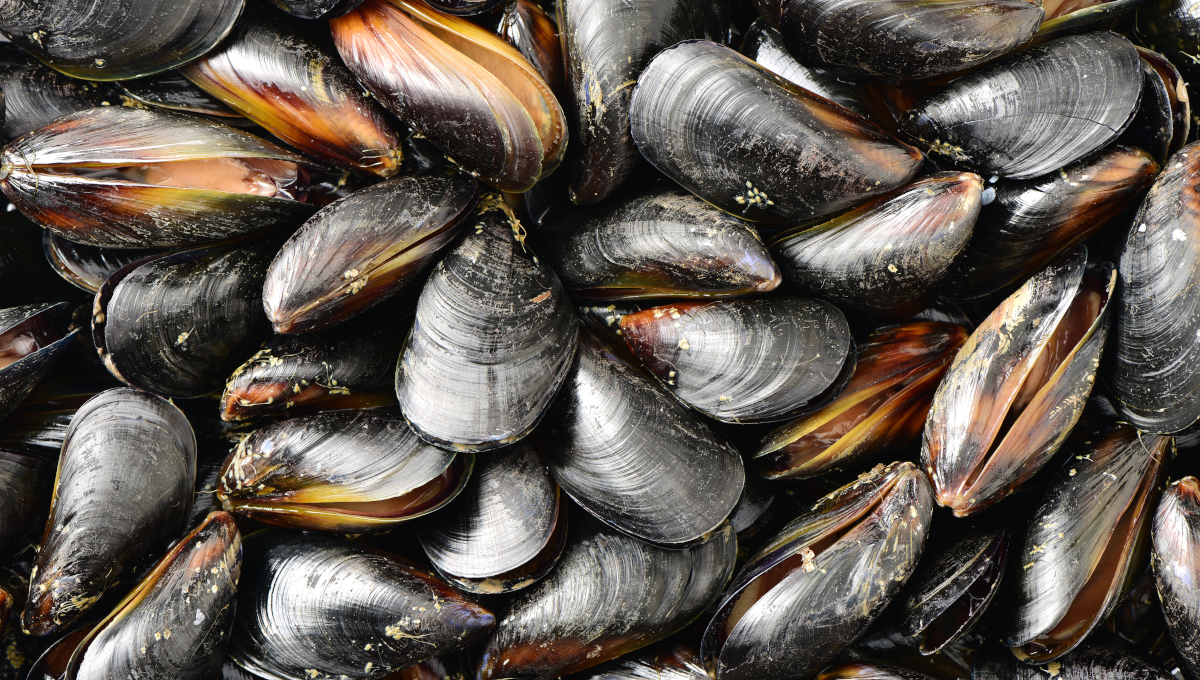The Alaska State Medical Examiner’s Office has confirmed that the death of an Alaska resident is consistent with paralytic shellfish poisoning (PSP). Officials have yet to release personal information.
Warnings have been issued to the community by email, fax, radio and social media after blue mussel samples collected from the beach on the same day the shellfish were consumed were found to have extremely high toxin levels, more than 100 times higher than the safe regulatory limit. The snail samples also had elevated toxin levels, but not as high as the blue mussels.
Paralytic shellfish poisoning (PSP) is the most common and most severe form of shellfish poisoning. PSP is caused by eating shellfish contaminated with saxitoxins. These potent neurotoxins are produced by various dinoflagellates. A wide range of shellfish may cause PSP, but most cases occur after eating mussels or clams.
The individual who died consumed blue mussels and snails collected from Dutch Harbor beach July 4. The Medical Examiner’s office reported that the individual had underlying health conditions that contributed to death, but the primary cause was determined to be paralytic shellfish poisoning.
The shellfish were cooked before consumption and symptoms began about four hours later. The individual’s initial symptoms included tingling in the fingers, numbness, a floating sensation and vomiting. Several hours later, the patient reported numbness in their mouth, weakness in their hands and pain in their neck and back. The individual was transferred to a local clinic and then flown to an Anchorage hospital where they died. Two other people ate smaller amounts of the same shellfish but did not develop symptoms.
This is the first known death linked to PSP in Alaska since 2010, though serious illnesses are reported frequently.
High levels of algal toxins that can lead to paralytic shellfish poisoning have been recently identified in non-commercially harvested shellfish from numerous Alaska communities.
According to theU.S. Centers for Disease Control and Prevention, symptoms usually appear 30 to 60 minutes after eating toxic shellfish and include numbness and tingling of the face, lips, tongue, arms and legs. There may be headache, nausea, vomiting and diarrhea.
Severe cases are associated with ingestion of large doses of toxin and clinical features such as ataxia, dysphagia, mental status changes, flaccid paralysis and respiratory failure. The case-fatality ratio is dependent on the availability of modern medical care, including mechanical ventilation. The death rate may be particularly high in children.
(To sign up for a free subscription to Food Safety News, click here)

